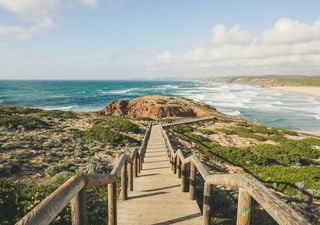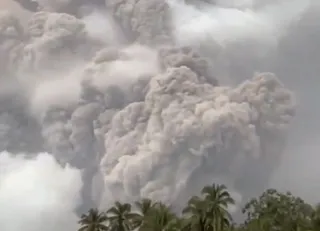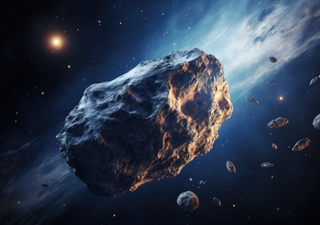Papakolea: The green sand beach that leaves anyone surprised
This is one of the rarest and most beautiful beaches in the world. In fact, there are only four with this particularity on the planet — but none like this one.
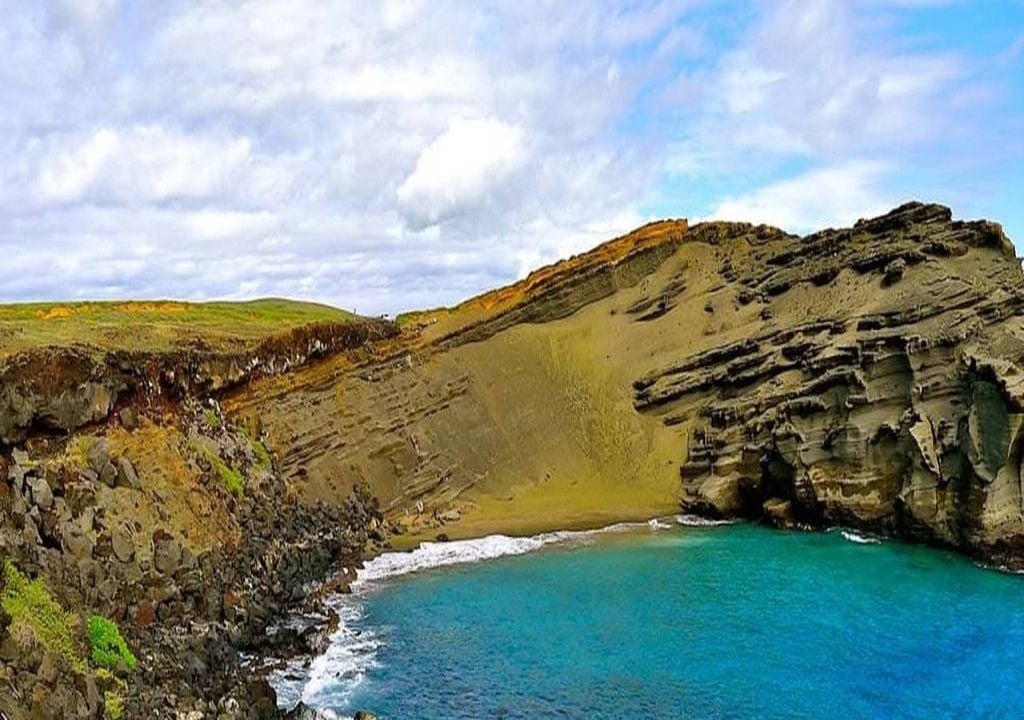
"Oh, and such, the beaches of Hawaii are incredible, but very similar: they have yellow and shiny sand and crystal clear blue waters." Wrong!
Make a mistake who thinks the Hawaiian beaches are all golden. None of that. The famous vacation destination has black, red and even green sands. Yes, you read it really well. There is a beach in the south of Big Island that is home to unusual green tones that make it one of the most photographed ever. Do you already know her?
Known as Papakolea, this natural wonder is in the Ka'ū district, on the main island of the archipelago — and is one of the most famous points in Hawaii. After all, the whole process - from arrival to stepping on the green sand - makes the experience even more special.
Geological rarity, this beach is carved into a rock, in the shape of a cone, formed by ashes belonging to the Mauna Loa volcano, which contains the green crystals that give the strange color to the sand.
But where does this color come from?
The distinct coloration of Papakolea is due to the presence of a mineral called olivine (also known as Hawaiian diamond), which crystallises from the magma rich in magnesium and poor in silica, during the process of cooling the lava of a volcano.
And has it always been like this? No. It all happened 49,000 years ago, when the volcano Mauna Loa erupted, forming a volcanic tuft called Pu'u Mahana.
"As a result, the green crystals of the mineral spread through the sand and remained there, thus creating this geological rarity with a green hue," reads an article published by the magazine 'NiT'.
It was this process, then, of fragmentation of the ashes that form the surrounding rock, that made Papakolea beach one of the four beaches in the world with green sand. The rest are in the Galapagos Islands, Guam and Norway.
Still - and as beauty requires dedication - not everything is as simple as arriving and observing. In fact, although the beach offers a unique coastal landscape, with impressive cliffs and the peaceful ocean as a backdrop, it is in a remote and isolated place. What does this mean? That access itself becomes a challenge in itself.
How to visit Papakolea
Due to the remote location, getting to Papakolea is not exactly easy. But, says those who have already been there, that the trip itself is part of the adventure and the experience.
"The land around Papakolea is fragile and houses many culturally significant places, so the owner of the land where the green beach is located does not allow the access of vehicles," explains the author of the blog 'The Travellight World'.
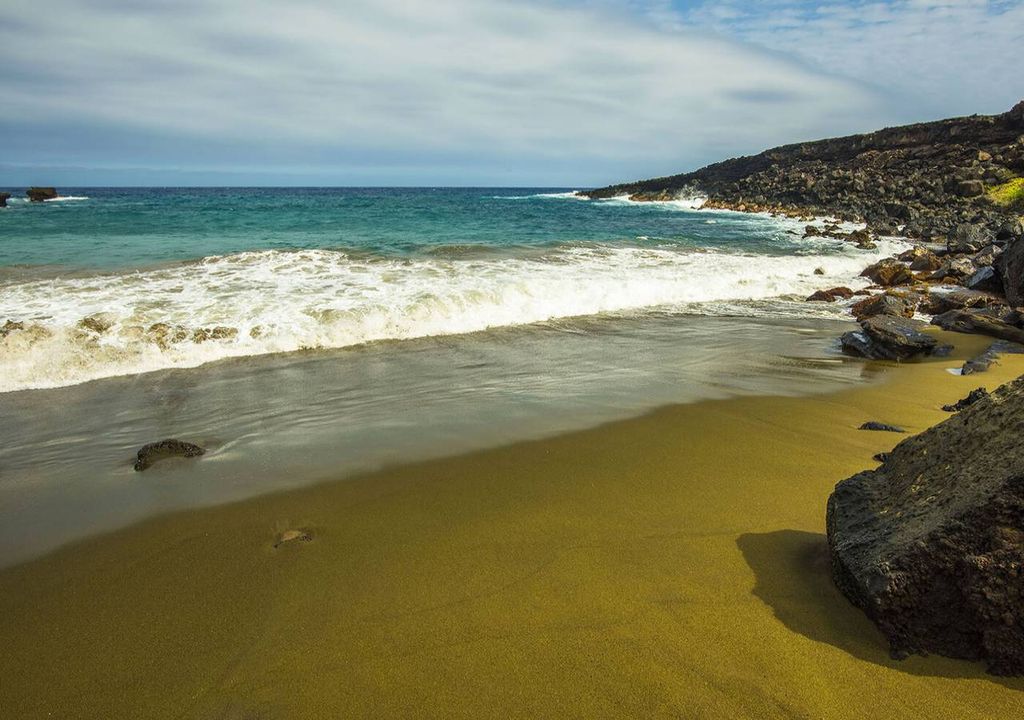
The only (cool) way to get there is then to park in the nearest park, which is about 4.5 kilometres from the beach, and advance on foot. But don't worry.
Although the walk lasts about an hour, the trail is quite intuitive, since it is enough to go down without much difficulty on the west side of the bay. You just need to pay attention to the heat and the lack of protection against the wind.
We suggest that you take the route early in the morning, to avoid the hours of heat, and that you bring your own shoes. Also get ready to have to pay for the entrance.
And, do you want some advice from a friend? Don't try to keep the sand as a souvenir. Ailha is scrupulously watched to prevent tourists from taking any souvenirs home. "So, remember to take only what you brought, collect your garbage and do not take green sand in your pockets," recommends an article from 'Sapo Viagens'.
Likewise, don't have great ideas about swimming in those waters. Although the color of the water is inviting to dives, the waves along the south coast are quite strong, which means that swimming is not for anyone. For those who are not used to it, it is best to stay relaxing on the sand or taking pictures.Hiking and bird watching are also common activities in the region.





